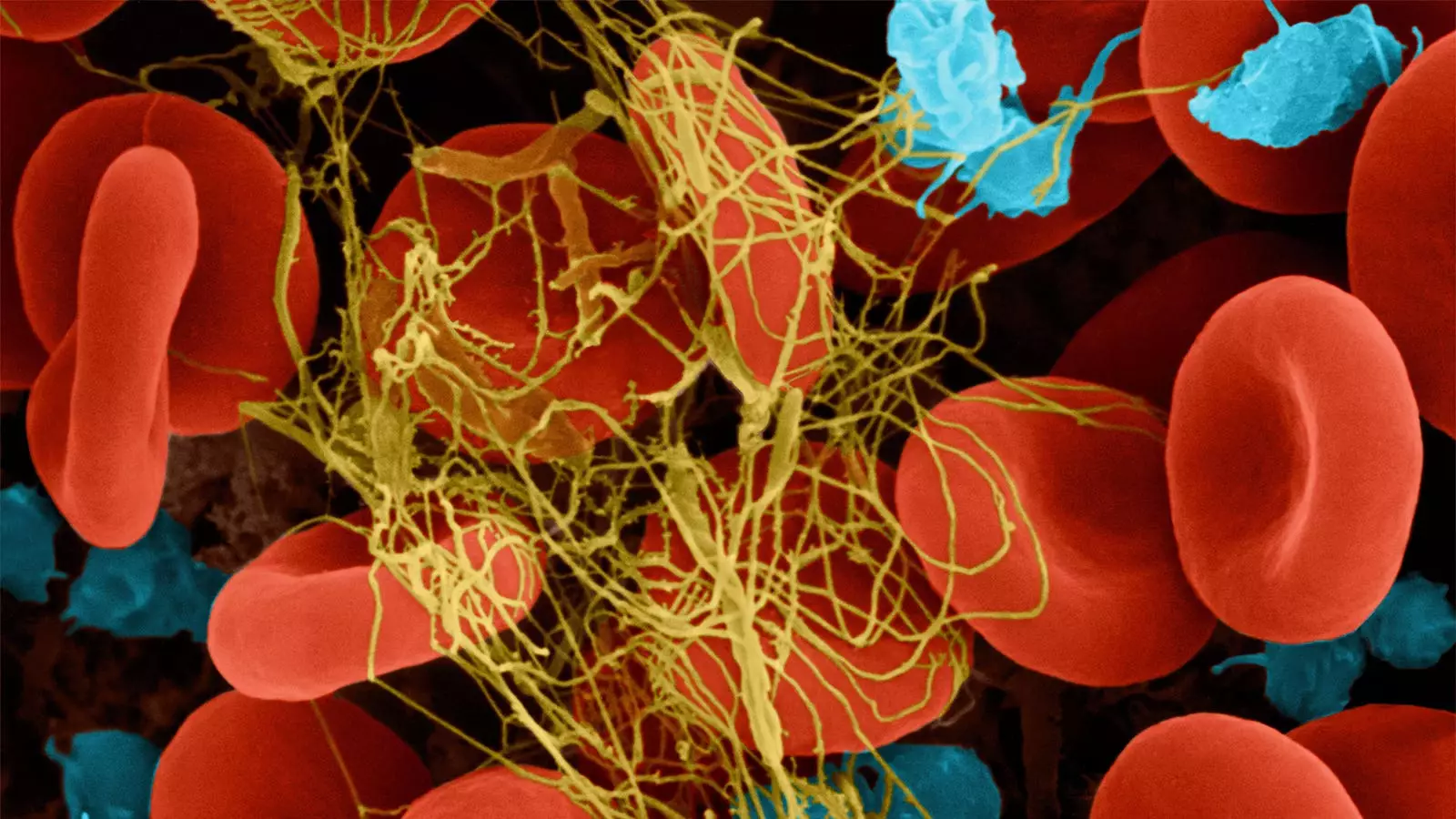The field of gene therapy has made significant strides in recent years, particularly for patients suffering from hemophilia B—a genetic disorder characterized by the inability to effectively clot blood due to a deficiency in coagulation factor IX. The results of the groundbreaking BENEGENE-2 trial, which investigated the feasibility of fidanacogene elaparvovec (Beqvez), highlight the potential of this treatment to drastically alter the management of hemophilia B patients, with a remarkable decrease in bleeding episodes and a notable reduction in the need for traditional factor IX replacement therapies.
Traditionally, hemophilia B management has relied on episodic intravenous treatments of factor IX, which, while effective in minimizing bleeding episodes, often fails to provide a permanent solution. Patients frequently undergo regular infusions that can be cumbersome and invasive, leading to diminished quality of life over time. Current prophylactic therapies do not cure the condition or prevent the long-term complications associated with uncontrolled bleeding. The emergence of gene therapy, however, presents a compelling alternative, targeting the root cause of hemophilia rather than merely addressing its symptoms.
The BENEGENE-2 trial serves as a pivotal moment in this evolution of care. The study involved 45 men aged 18-65 diagnosed with hemophilia B, who had a documented history of factor IX prophylaxis. They received a one-time infusion of fidanacogene elaparvovec, which utilizes an adeno-associated virus (AAV) vector to deliver the FIX-R338L gene. This innovative approach enables the production of a modified factor IX that not only increases circulating factor levels but also promises an extended therapeutic effect.
The findings from the BENEGENE-2 trial report a staggering 71% reduction in the annualized rate of total bleeding episodes post-treatment and a 78% decrease in treated bleeding episodes. In statistical terms, these results not only achieved the set criterion for noninferiority against standard prophylaxis but also demonstrated superiority, giving credence to this innovative approach. The mean annualized bleeding rate fell from 4.42 at baseline to 1.28 in just 15 months—a transition that supports the efficacy and long-lasting benefits of the gene therapy.
Moreover, the data revealed that over 80% of trial participants maintained factor IX activity levels indicative of mild hemophilia or better for 15-24 months following treatment. These sustained levels represent a significant leap towards addressing the bleeding phenotype associated with hemophilia B and reduce the long-term complications resulting from recurrent bleeding episodes.
Safety considerations play a vital role in the assessment of any new therapeutic approach. The BENEGENE-2 trial’s results yielded a favorable safety profile. Notably, there were no reports of serious adverse infusion reactions, thrombotic events, or malignancies during the study period. The necessity for glucocorticoid treatment points to some increased liver enzyme levels and fluctuations in factor IX, yet the overall risk management suggests that the benefits outweigh potential complications.
The authors highlighted that the gene therapy not only minimizes the ongoing burden of treatment that patients endure but also enhances their overall quality of life. This change embodies a significant shift in the treatment paradigm for hemophilia B, emphasizing a long-term solution rather than reliance on routine interventions.
The FDA’s recent approval of fidanacogene elaparvovec represents a landmark achievement in the field of hemophilia treatment and gene therapy at large. It sets a precedent for future studies and innovations aimed at addressing underlying genetic disorders. Furthermore, as the trial shows, gene therapy can eliminate or significantly reduce the need for regular infusions of clotting factors, paving the way for a transformative approach to managing hemophilia B and potentially other genetic conditions.
As research continues to evolve, it is crucial to further investigate the long-term outcomes and broader applications of gene therapy. The promising results from the BENEGENE-2 trial signal a new chapter for hemophilia B patients, one where the focus shifts from symptom management to the potential for a near-cure. The combined efforts of researchers, healthcare providers, and the regulatory environment will be essential to advancing this technology and improving patient outcomes in the years to come.

Leave a Reply